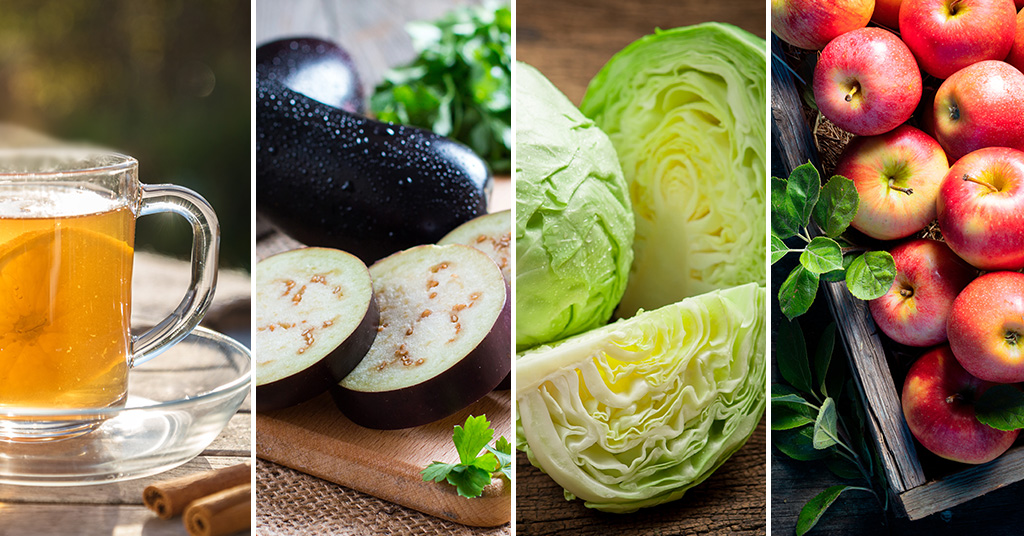Hello, nice to meet you here!
How can we help you?

During fall our kitchen is lled with fruits and vegetables with orange and brown tones such as carrots, potatoes, chestnuts or sweet potatoes.
With the arrival of winter, new fruits and vegetables grow that are resistant to cold temperatures. Discover the fruits and vegetables to eating winter!It is important to put attention on the season products since they help our body to temperature changes. In other words, winter fruits and vegetables contain lots of vitamins to strengthen our immune system.
Apple. Although it is a fruit closely linked to autumn, apple is an ideal product for winter. It is characterized because it contains a large amount of fibre and it is diuretic. Thanks to potassium it helps reduce uid accumulation, cramps and high blood pressure.
Eggplant. The eggplant It is one of the vegetables containing mainly water and it has low amount of fat. Being a very light product, its seeds helps regulate cholesterol and since it has few carbohydrates, it also controls sugar.
Hazlenut. One of the most characteristic nuts is hazelnut. We must bear in mind that it is a product with a high caloric value, therefore we will have to eat it with moderation. Hazelnut also helps regulate cholesterol and thanks to vitamin E, it preserves the good condition of blood vessels.
Orange. Citrus fruits are the most popular fruits in autumn and winter. Its high content of vitamin C helps support the immune system and absorb iron in anemic people. In addition, it reduces inammation of rheumatoid arthritis and osteoarthritis.
Cabbage. Cabbages are a source of natural antioxidants and rich in vitamin K, so they strengthen the bone and nervous systems. A curious fact is that cabbage contains a higher percentage of vitamin C than oranges, so that, it helps fight any infection.
The seasonal product, if consumed at the optimal time, will contain greater properties and benets. It is important that, in every season of the year, change your pantry or fridge with the food of each season.

